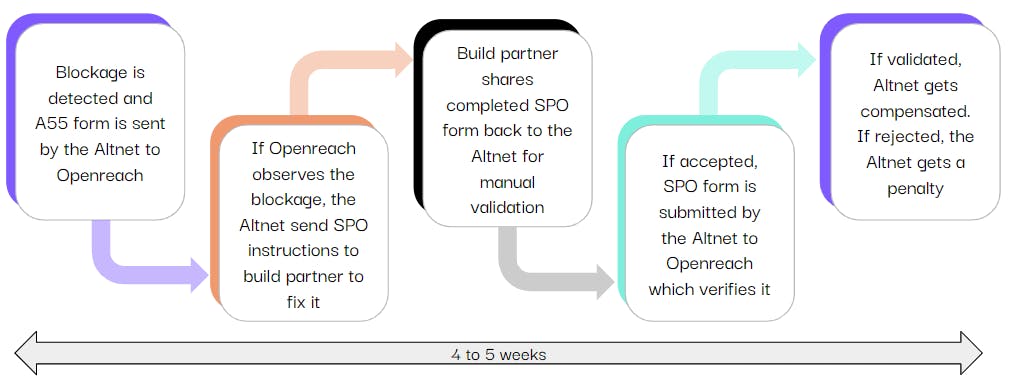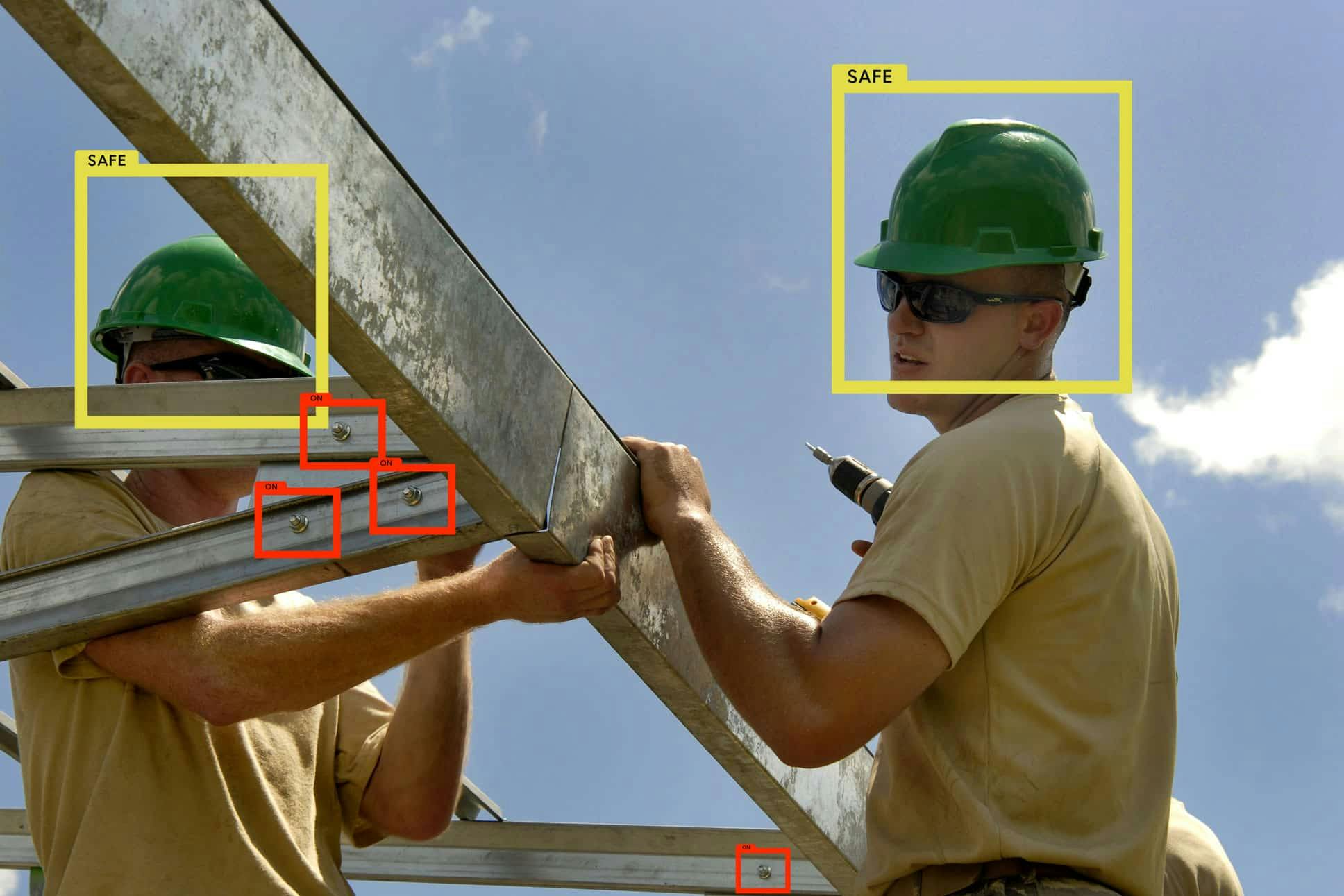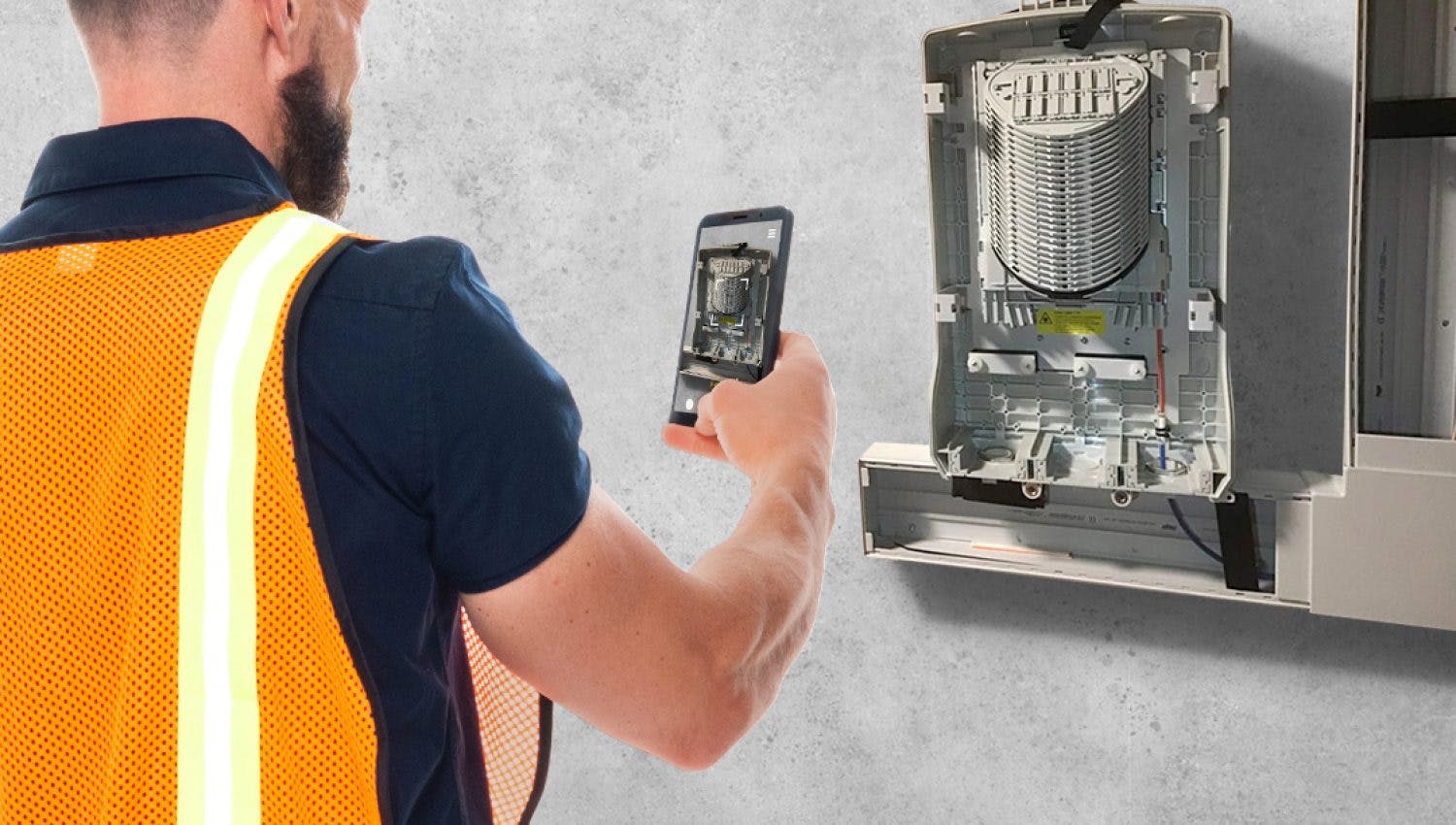The United Kingdom has seen a significant increase in FTTx deployment, rapidly expanding from 28% full fibre coverage in 2021 to 52% in 2023, with projections reaching 91% by 2026. This surge can be attributed to various factors, including government incentives like the Super Deduction and Full Expensing policies. Additionally, the establishment of the Physical Infrastructure Access (PIA) framework has played a pivotal role, enabling multiple alternative network providers (Altnets) to utilize Openreach's existing infrastructure, saving them the effort of building from scratch. However, it's important to note that Altnets' reliance on manual quality control processes, particularly within the PIA context, has led to delays and hindered the overall progress of FTTx deployment. In this article, Deepomatic delves into the root causes of these challenges and highlights the critical importance of automation in getting Altnets back on track for efficient FTTx deployment.
Manual photo quality control delaying FTTx Openreach PIA operations build acceptance.
As an Altnet, you engage build partners to assist in deploying your network infrastructure. To maintain accountability and ensure that build partners adhere to the project's specifications, they must submit comprehensive build completion reports to Altnets. These reports include visual documentation through photographs of the work carried out in the field. However, there are instances when build partners encounter damages to Openreach's infrastructure, and they are obligated to report these incidents to you following PIA regulations. This initiates a detailed process, as outlined in the diagram below:

The quality control process takes up to 5 weeks due to manual photo verification and lack of standardized formats. Therefore, after waiting a month for validation, the building process, lasting just around a week, begins. This delay in quality control highlights a significant bottleneck in FTTx deployment.
Even if your build partner effectively carries out an FTTx operation, the project still faces rejection as the photographic documentation fails to meet the required standards. This ultimately escalates your operational costs due to the need to retake photos in a second visit.
Information gathered in the fiber UK market reveals that approximately 80% of reports submitted by build partners regarding damages to Openreach's infrastructure are initially rejected by Altnets, with 40% still not accepted upon a second submission. Additionally, Openreach rejects 20% of these reports. These rejections result in project delays, affecting time to revenue for all parties involved. As Altnets, you also incur penalties of nearly £180 from Openreach for each non-compliant documentation. These costs are incurred because contractors' field engineers do not have the proper tools to capture photos that meet compliance standards.
Intensive Post-Operation Quality Control for Openreach PIA Compliance
Your quality audits encompass tasks like manual remote checks to validate the conformity of photos and verify that the work done is correct. This asynchronous process creates delays as it detects photo quality or job conformity problems when the field engineers are long gone from their job sites, leading to on-site revisits. This issue arises because field engineers lack the tools to complete their tasks during the initial visit effectively.

From left to right: fiber cable coming from the joint in a small coil in the chamber leading nowhere; Absence of company’s name on chamber equipment label; Absence of DP number on the pole
This quality control process also requires allocating costly internal resources, hindering the project's overall efficiency.
Additionally, in many cases, you get to pay build partners, who pay their field workers upon the reception of operation documentation. However, given that this documentation is verified post-work, you are not basing your payment policies on tangible proof that the job was done correctly. This leads to cash flow issues affecting your and contractors’ financial stability and slowing project progression.
All these issues are leading to the UK telecom sector's number one concern, according to INCA’s 2023 report: street work delays.
Computer Vision for Efficient Operations and Swift Build Approval in Openreach PIA Networks
As an Altnet, implementing a computer vision technology at the heart of your FTTx operations, from build to roll-out, can help you unlock substantial economic benefits:
- Allow field engineers to benefit from direct feedback on the quality of the photos they take (brightness, contrast level, framing, angle, etc.). This directly contributes to a higher acceptance rate of PIA reports, which leads to higher revenues and fewer penalties.
- Increase your field operations' First Time Right rate by giving your field engineers the means to do their job right on the first visit.

From left to right: presence of pole Dop number; blockage clearance through duct repair; Fiber chamber with cables property pulled and labeled
- You will reduce the quality control feedback loop from weeks to minutes and stay on track with your deployment agenda. Thanks to quality control automation, invoicing and payment can also be indexed on the analysis results and carried out without requiring costly admin processes.
- Finally, you will scale up the number of operations performed without increasing your quality control resources, as AI automatically oversees each operation.
You now comprehend computer vision's benefits to fiber operations and the countless value-added use cases it unlocks, like quality control or back-office process automation. Given the UK's goal of maintaining a rapid deployment pace to connect more of their citizens, it becomes crucial for Altnets and build partners to embrace a "First Time Right" culture and embark on a revolution by leveraging AI to automate their build acceptance process.





